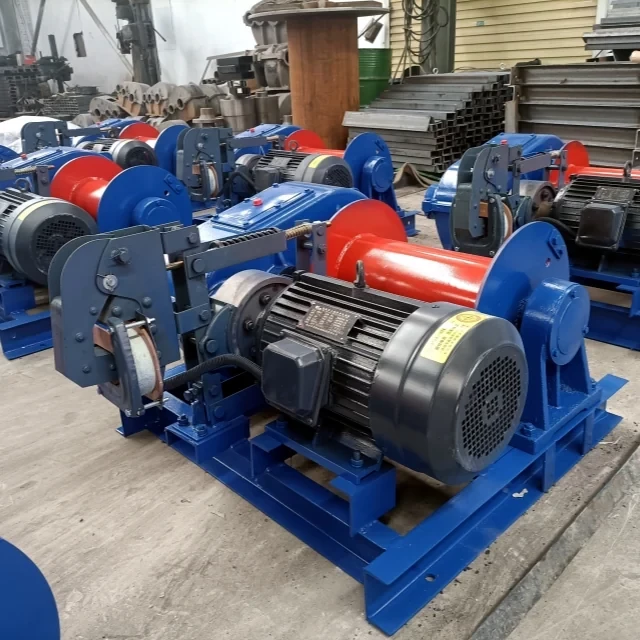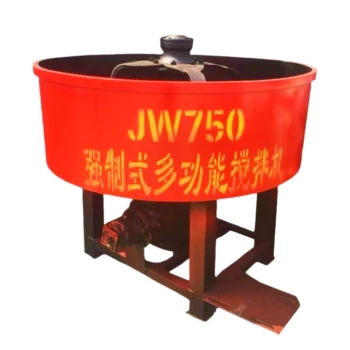When moving massive weights across unpredictable terrain or managing complex lifts, traditional methods often fall short. Modern winch systems transform these high-stakes operations through engineered advantages that address core challenges in safety, efficiency, and adaptability.
Advantages of Winches in Modern Heavy-Load Management
Simplified Operation for Enhanced Workplace Safety
Winches replace risky manual labor with controlled mechanical power. Consider these safety upgrades:
- Reduced human strain: Operators guide loads from safe distances
- Fail-safes: Automatic braking prevents runaway loads
- Precision control: Gradual acceleration/deceleration minimizes swing hazards
Ever wondered how construction sites moved multi-ton beams before winches? The injury statistics tell a sobering story.
High Rope Capacity and Its Impact on Operational Efficiency
A winch’s drum capacity directly determines its versatility:
- Longer cables enable pulls across greater distances
- Layered winding systems maintain strength through multiple rope layers
- Dynamic loading capabilities adjust to shifting weights
Hydraulic models particularly excel here, with tested performance in marine environments where saltwater degrades lesser systems.
Portability Advantages in Dynamic Work Environments
Modern designs solve the "heavy equipment" paradox through:
- Modular mounting systems that adapt to trucks, cranes, or fixed anchors
- Compact power units that deliver high torque without massive footprints
- Quick-deploy features critical for rescue operations
Real-World Applications Across Industries
Case Study: Winches in Off-Road Vehicle Recovery
When a 10-ton mining truck bogged down in mud:
- A portable winch anchored to bedrock provided 360° pull angles
- Waterproof components operated despite torrential rain
- Recovery completed in 1/3 the time of traditional methods
Case Study: Construction Site Logistics Optimization
A high-rise project used winches to:
- Vertically transport materials up unfinished elevator shafts
- Horizontally position steel beams with ±2" accuracy
- Reduce crane dependency by 40%, cutting rental costs
Maritime and Rescue Operations
Hydraulic winches prove indispensable for:
- Boat retrieval in rough seas
- Oil rig maintenance where sparks from electric models pose risks
- Flood rescues requiring rapid, variable-speed pulls
Could your current equipment handle these scenarios?
Selecting the Right Winch for Your Needs
Key Metrics: Load Capacity vs. Rope Length
Balance these factors:
- Working Load Limit (WLL) should exceed your heaviest anticipated load
- Drum capacity must accommodate needed cable length without compromising strength
- Power source (hydraulic/electric) depends on environmental conditions
Safety Standards and Certifications to Consider
Prioritize systems with:
- CE/ISO markings for load-bearing components
- Emergency stop redundancies
- Corrosion resistance ratings matching your environment
Conclusion: Engineering Solutions for Real Challenges
Winches aren’t just tools—they’re force multipliers that turn impossible lifts into controlled procedures. Whether recovering vehicles in remote locations or positioning critical infrastructure, the right system delivers:
- Safety through mechanics – Reducing human exposure to hazards
- Efficiency via engineering – Accomplishing more with fewer resources
- Adaptability by design – Thriving in environments that break lesser equipment
For operations requiring reliable heavy-load management, Garlway’s winch technologies offer tested solutions. Their hydraulic systems in particular address the harsh realities of marine, construction, and rescue work—where failure isn’t an option.
Next time you face a daunting load, ask: Could a winch turn this risk into a routine operation?
Related Products
- Electric and Hydraulic Winch for Heavy Duty Applications
- Warn Winch Windlass Boat Trailer Winch
- Electric 120V Boat Winch by Badlands
- Best 18000 Pound Drum Anchor Trailer Winch
- 12000 lb Heavy Duty Electric Boat Winch
Related Articles
- How Electric Winch Components Dictate Performance and Durability
- How Electric Winches Outperform Hydraulic Systems in Heavy-Duty Applications
- How to Choose and Safely Operate Winches for Construction Efficiency
- How Electric Winches Outperform Hydraulic Systems in Cost and Efficiency
- How Industry-Specific Electric Winch Configurations Boost Efficiency and Safety




















